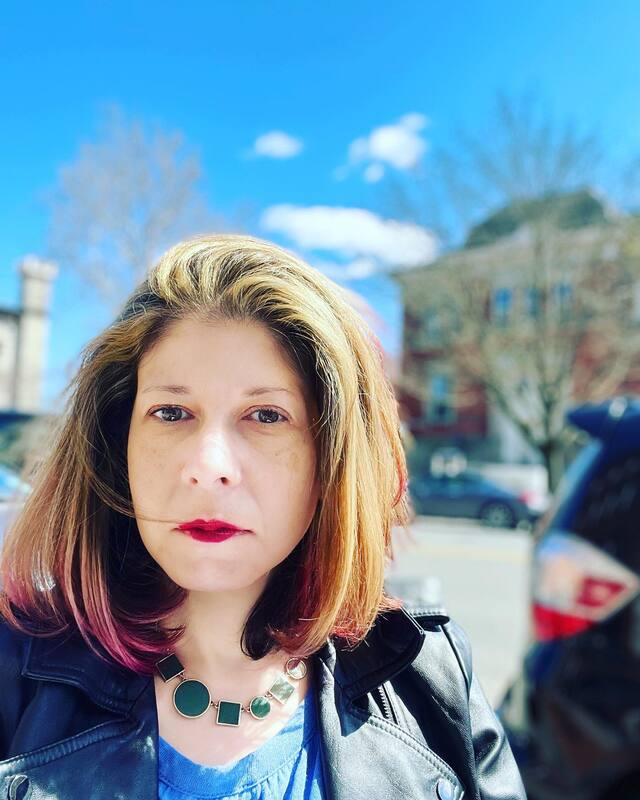|
In her presentation "The CODEBREAKER: Edith Rickert, Virginia Woolf and Modernist Intrigues," the Australian artist and scholar Suzanne Bellamy argues that Rickert's research at the University of Chicago in the 1930s presents an early version of twenty-first century digital approaches to Woolf's fiction. In the clip below from Bellamy's recorded presentation for the Annual Conference on Virginia Woolf in the beginning of June, Bellamy cites the Mapping Jacob's Room project from my English 1102 "Digital Woolf" course at Georgia Tech. You can learn more about Bellamy's art and work here.
0 Comments
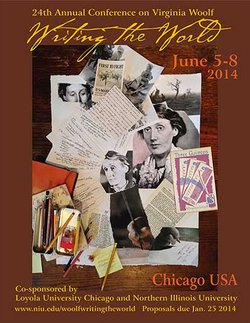 Raghav Kaul, who was a student in my English 1102 "Digital Woolf" course in the fall of 2013 at Georgia Tech, will present his paper, “The Subject-Object Relationship—Using Woolf to Understand Colonial Dichotomies and Postcolonial Critique,” at the Annual Conference on Virginia Woolf held in Chicago this June. You can read more about it in the TECHStyle posting, "English 1102 Student Raghav Kaul to Present at Virginia Woolf Conference." 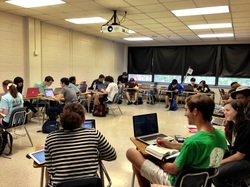 Since my Georgia Tech students also created so many fascinating projects in the fall, I have included some of my Digital Woolf assignments below. You can also read more about the course and the Mapping Jacob's Room assignment here. Project 1: Place in Howards End Project 2: Mapping Jacob's Room Project 3: Mapping Jacob's Room Presentations Project 4: Woolf Apps Blog Posting Instructions, Blog Posting 1: Geographical Scavenger Hunt in Howards End, and Blog Posting 2: "Only Connect" Assignments Blog Posting 3: Mapping Mrs. Dalloway Blog Posting 4: The Hours Blog Posting 5: Writing about To the Lighthouse Using Leslie Stephen's Photograph Album 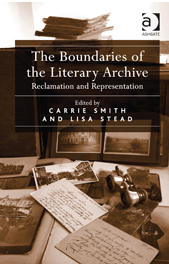 I have reviewed Carrie Smith and Lisa Stead's The Boundaries of the Literary Archive: Reclamation and Representation (Ashgate, 2013) for Woolf Studies Annual 20 (2014). In her introduction, Stead cites Paul Voss and Marta Werner’s understanding of “the archive” as “both a physical site—an institutional site—a conceptual space whose boundaries are forever changing” (2). As readers turn the pages of Virginia Woolf’s To the Lighthouse notebook using Woolf Online, for instance, they might imagine viewing the original artifact in the reading room or Woolf herself holding the notebook, collecting her thoughts as she envisions Lily Briscoe before her painting. As more archival materials become digitally available, The Boundaries of the Literary Archive provides an indispensable resource, inspiring readers to return to primary sources, invigorating their research and teaching with new questions and materials. I am also Book Review Editor for Woolf Studies Annual and this issue contains reviews by Beth Rigel Daugherty, Jenny McDonnell, Eleanor McNees, Carrie J. Preston, Molly Hite, Gayle Rogers, Bruce Robbins, Michele Wick, Vara Neverow, Anne Dwyer, Cailin Copan-Kelly, Sarah Terry, Elizabeth Sheehan, Anne Donlon, Kristin Anderson, Frances Spalding, Justine Dymond, Deborah Longworth, Elicia Clements, and Adam Parkes. The full table of contents is online and the issue is available for pre-order at a discount from Pace University Press until April 15, 2014. 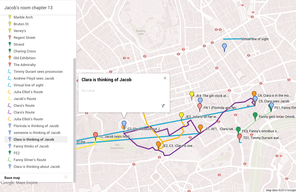 In my English 1102 “Digital Woolf” class at Georgia Tech this fall, we began with Howards End (1910), by Virginia Woolf’s contemporary, E. M. Forster, which we followed with Woolf’s novels, Jacob’s Room (1922), Mrs. Dalloway(1925), and To the Lighthouse (1927).[1] We will be concluding the course with her essay, A Room of One’s Own(1929). Along the way, the class viewed and blogged about the film of Michael Cunningham’s The Hours (2002), an adaptation of Mrs. Dalloway. Our focus on Woolf presents students with the opportunity to understand her imagination and complexity. As we began reading Jacob’s Room, the students found it incomprehensible and unlike other novels that they had read. In Jacob’s Room, Woolf displaces the elements that we come to expect in a novel. She subordinates plot in favor of sensory perceptions. When Woolf published Jacob’s Room, she was dissatisfied and felt she “could have screwed Jacob up tighter if I had foreseen; but I had to make my path as I went.”[2] Read more at TECHStyle: A Forum for Digital Pedagogy and Research by the Brittain Fellows at Georgia Tech. |
